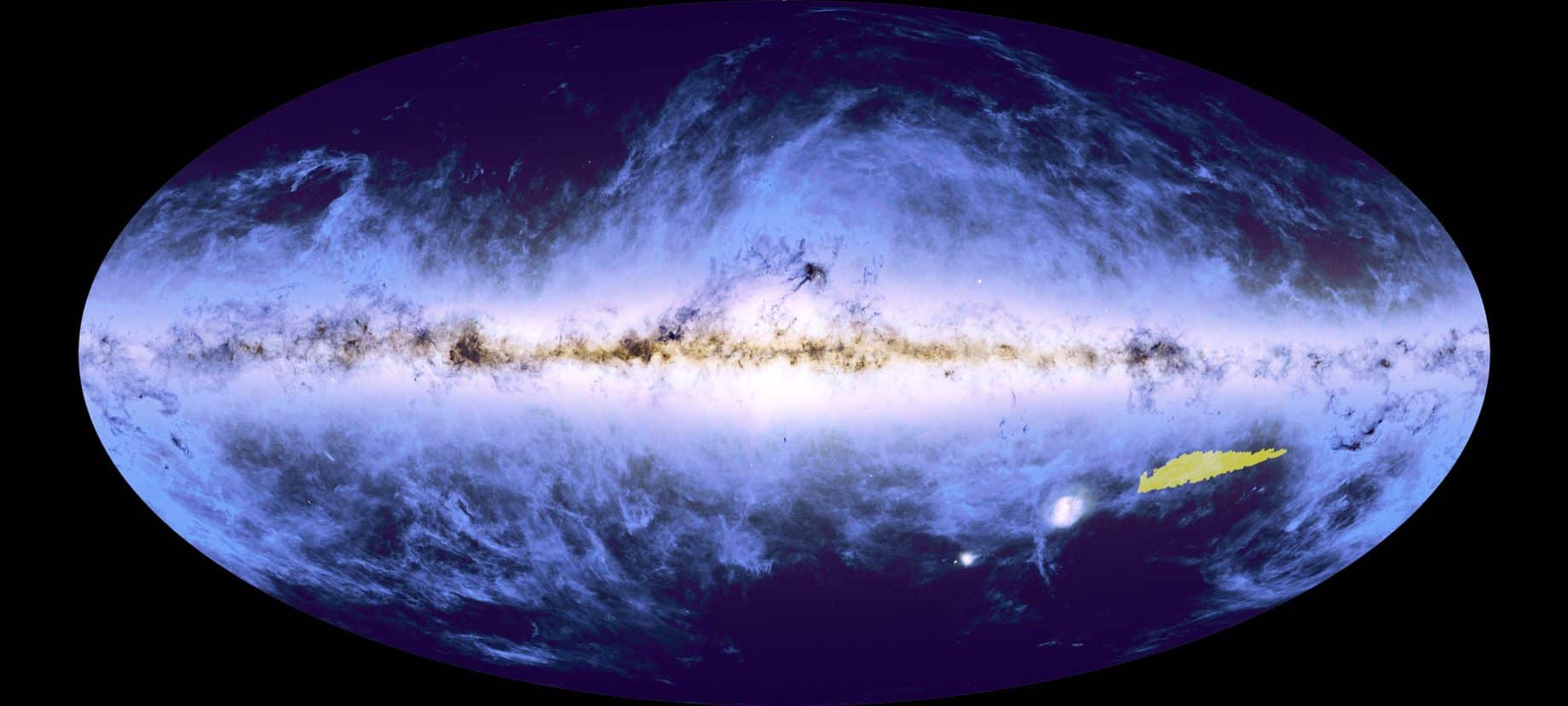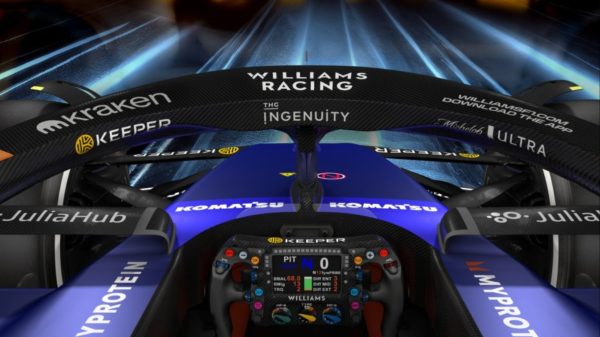The European Space Agency (ESA) has shared a fascinating glimpse of the night sky through a mosaic image captured by the Euclid space telescope. This impressive image is comprised of 260 observations taken between March 25 and April 8, 2024, covering an area of 132 square degrees of the southern sky.
To put this into perspective, this segment is over 500 times larger than the full Moon, yet it accounts for only one percent of the total survey that Euclid is expected to complete during its six-year mission.
Launched from Cape Canaveral, Florida, on July 1, 2023, Euclid began transmitting its first test images just a month later. The telescope features a remarkable 600-megapixel camera designed to map more than a third of the sky, reaching distances of up to 10 billion light-years.
This ambitious effort aims to create the largest three-dimensional cosmic map to date, significantly enhancing our understanding of the universe’s structure and evolution.

ESA Shares Stunning Euclid Mosaic Image Highlighting 100 Million Stars and Galaxies
The recently released image showcases an astonishing 100 million stars and galaxies, highlighting the vastness of the cosmos. With a total resolution of 208 gigapixels, the mosaic allows for significant zooming capabilities.
At 36 times magnification, viewers can explore the core of the galaxy cluster Abell 3381, situated 470 million light-years away from Earth. Zooming in to 150x further reveals more intricate details, while an impressive 600x zoom showcases the complex structure of the spiral galaxy cluster, representing just a minute 0.0003 percent of the overall image.
ESA officials have indicated that this initial release is just the beginning of what Euclid has to offer. In March 2025, the agency plans to present 53 square degrees of the survey, including a preview of the Euclid Deep Field areas.
This deep survey will account for 10 percent of the telescope’s total observation time, focusing on repeated observations of three specific patches in the sky, which will allow for enhanced analysis and deeper insights into cosmic phenomena.
In the meantime, the highest resolution image available from the mosaic is an 11K x 11K version, which can be downloaded from the ESA’s website. This ongoing project not only represents a significant leap in astronomical research but also underscores humanity’s quest to comprehend the vast universe that surrounds us.









































